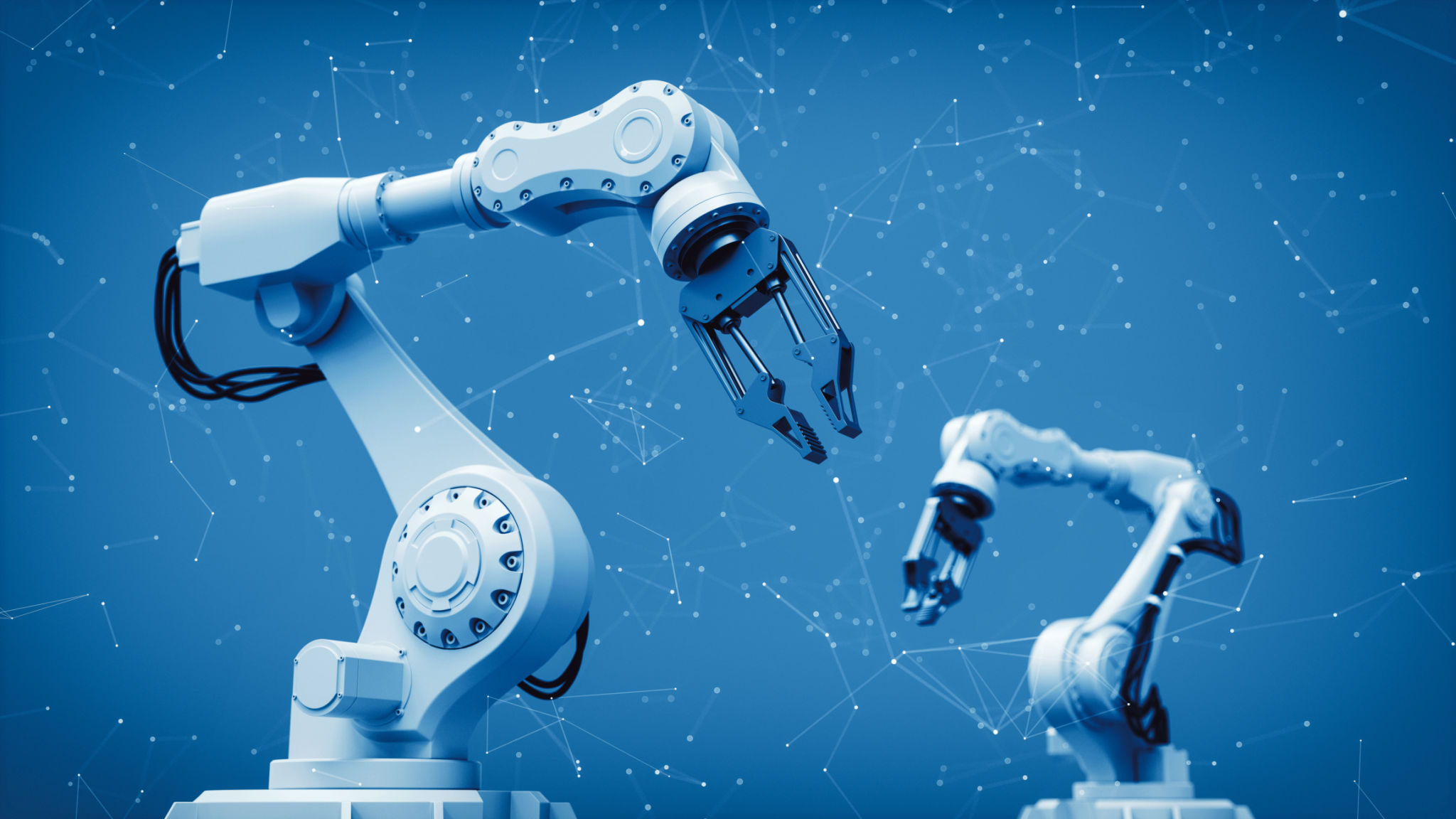Agentic AI vs. Traditional AI: Understanding the Differences
AI
Introduction to Agentic AI and Traditional AI
Artificial Intelligence (AI) has transformed numerous industries, from healthcare to finance, by providing advanced solutions to complex problems. However, not all AI systems are created equal. Two prominent types of AI that are often discussed are Agentic AI and Traditional AI. Understanding the differences between these two can help businesses and individuals make informed decisions about which type of AI to implement for their specific needs.

Defining Traditional AI
Traditional AI refers to systems designed to perform specific tasks within a well-defined scope. These systems rely heavily on pre-programmed rules and algorithms to process data and produce results. Examples include expert systems, which mimic human decision-making processes in areas like medical diagnosis or customer service automation.
Traditional AI excels in environments where the parameters are clear and the tasks are repetitive. However, its limitations become evident when it encounters scenarios outside its programmed understanding. This type of AI lacks flexibility and adaptability, often requiring human intervention to handle unexpected situations.
The Emergence of Agentic AI
Agentic AI represents a more advanced and ambitious approach to artificial intelligence. Unlike Traditional AI, Agentic AI possesses a degree of autonomy and decision-making capability. It can learn from its environment, adapt to new information, and make decisions based on real-time data analysis.
The key advantage of Agentic AI is its ability to operate in dynamic environments where conditions are constantly changing. It is designed to simulate human-like understanding and problem-solving abilities, making it suitable for complex applications such as autonomous vehicles or personalized recommendations in e-commerce.

Key Differences Between Agentic AI and Traditional AI
- Flexibility: Agentic AI is more flexible, adapting to new situations without explicit programming. Traditional AI is rigid, operating within predefined parameters.
- Autonomy: Agentic AI can make decisions independently, while Traditional AI relies on human oversight for decision-making beyond its programmed scope.
- Learning Capability: Agentic AI employs machine learning techniques to improve over time. Traditional AI lacks this self-improvement feature.
Applications in Real-World Scenarios
Both types of AI have their unique applications based on their strengths. Traditional AI is ideal for repetitive tasks such as data entry, simple customer interactions, and routine analyses. Its reliability and predictability make it a valuable tool in structured environments.
In contrast, Agentic AI finds its applications in areas requiring adaptability and complex decision-making. Industries like autonomous transport, advanced robotics, and dynamic supply chain management benefit from Agentic AI's ability to operate with minimal human intervention.

Challenges Faced by Agentic AI
Despite its advantages, Agentic AI presents significant challenges. The complexity of developing systems that can truly understand and autonomously navigate open-ended environments is immense. Ethical considerations also arise, as the autonomy of Agentic AI necessitates careful oversight to prevent unintended consequences.
Moreover, ensuring the reliability and safety of Agentic AI systems is crucial, particularly in high-stakes applications like healthcare or autonomous driving. These challenges require ongoing research and collaboration between technologists, ethicists, and regulators.
The Future of AI: Balancing Both Approaches
The future of AI likely involves a blend of both Agentic and Traditional approaches. While Traditional AI will continue to provide reliable solutions for defined tasks, Agentic AI will expand the possibilities for automation and intelligent decision-making across various sectors.
As technology advances, the integration of these two approaches may lead to hybrid systems that leverage the strengths of both types of AI. Such systems could offer unprecedented efficiency, adaptability, and innovation in tackling complex challenges.
Conclusion
Understanding the differences between Agentic AI and Traditional AI is crucial for selecting the right type of artificial intelligence for specific applications. Each has its strengths and limitations, making them suitable for different scenarios. As we continue to explore the potential of AI, embracing both approaches will be key to maximizing their benefits while addressing their inherent challenges.
